Current Projects
Colloidal phosphorus sources and dynamics in the Lake Erie watershed
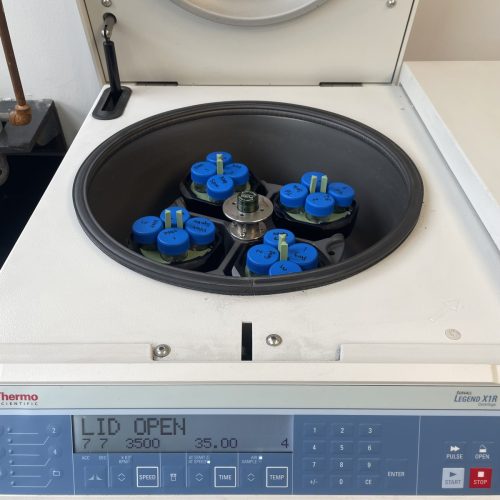
Along with nitrogen, phosphorus is one of the main contributors of increased phytoplankton production in aquatic systems, sometimes causing harmful algal blooms. We also tend to oversimplify the P cycle, when in actuality, P also exists in many forms. One of these forms, which we call colloidal P, is P bound to organic and mineral compounds, but it’s small enough that it’s commonly mistaken for dissolved P in analyses. For my main postdoc project, I’m working with many collaborators throughout Ohio and other states to improve our understanding of the composition, drivers, and bioavailability of colloidal phosphorus. We all hope this knowledge will benefit harmful algal bloom research, management, and policy in the Lake Erie watershed.
Using Membrane Inlet Mass Spectrometry set up to minimize oxygen interference
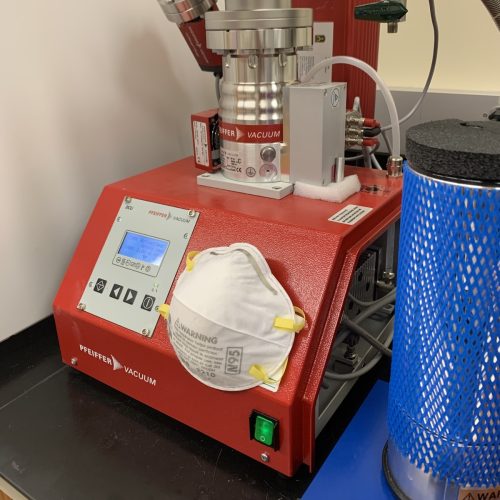
Factors influencing N2 saturation conditions in southern U.S. reservoirs
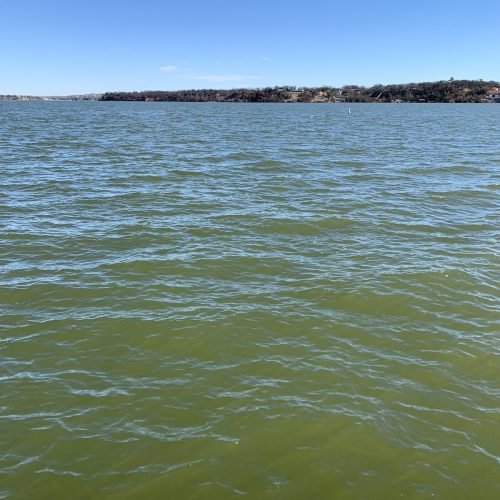
N2 saturation may be an important proxy for understanding nitrogen cycling processes in lentic ecosystems. And between 2021 and 2022, we had profilers stationed on two southern U.S. reservoirs that continuously measured depth profiles of temperature, pH, conductivity, and dissolved oxygen. Paired with that, for my second PhD chapter, I collected depth profiles of samples that I am analyzing for gases, as well as dissolved, total and particulate N and P. I’m hoping to answer the question of what drives changes to N2 saturation and whether southern reservoirs are seasonally different in regard to N2 saturation than their northern counterparts.
Oxygen changes internal nutrient loads from sediments
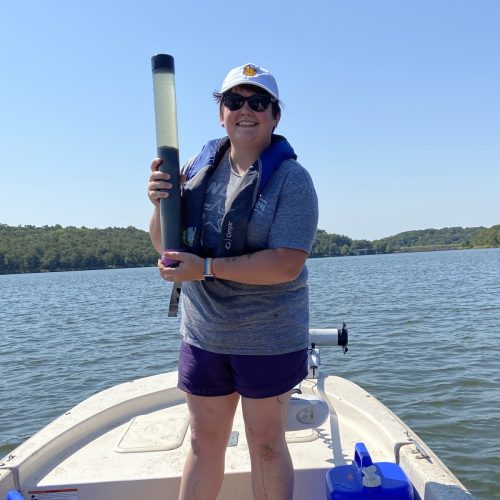
The sediment-water interface is a very important location to measure processes that are reliant on oxygen concentrations. For my final PhD chapter, I studied how bottom water O2 concentrations affected dissolved and total nutrient uptake and release in both summer and winter in eight different reservoirs in Oklahoma. Southern winter limnological studies are rare, even though full-lake ice cover doesn’t really happen. I’m hoping to detect seasonal changes in the reactive and total nitrogen and phosphorus dynamics.
Past Projects
Sediments as an ecosystem service in western Lake Erie
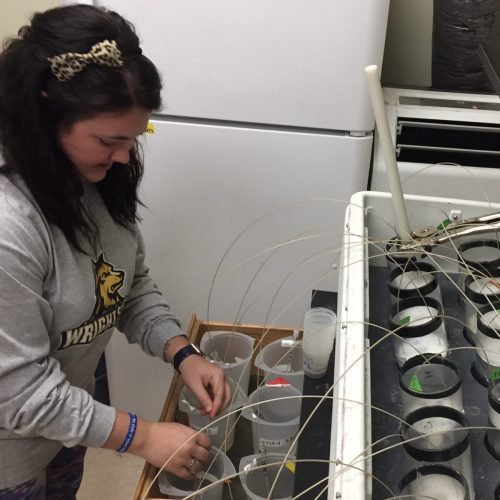
During my MS, I studied how Lake Erie sediments affected nitrogen and reactive phosphorus transformation processes across the sediment-water interface. I wanted to see the role the sediments played in either exacerbating or mitigating conditions that fuel harmful algal blooms via recycling and/or removal of excess nitrogen and phosphorus.
Pan-Arctic diversity of eukaryotic plankton
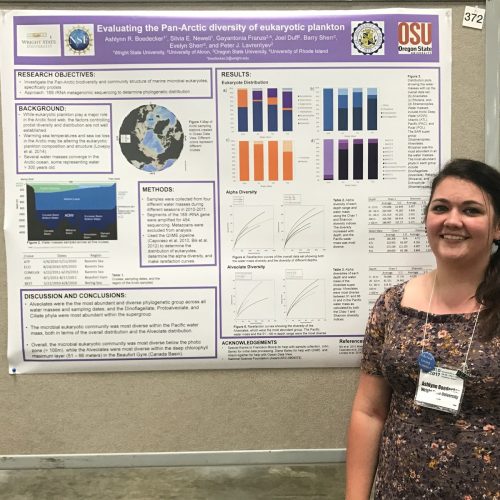
Warming sea temperatures and sea ice loss in the Arctic may be altering the eukaryotic plankton composition and structure. And while eukaryotic plankton play a major role in the Arctic food web, the factors controlling protist diversity and distribution are not well established. As a side project during my MS, I evaluated the Pan-Arctic biodiversity and community structure of marine microbial eukaryotes using 18S rRNA metagenomic sequencing.